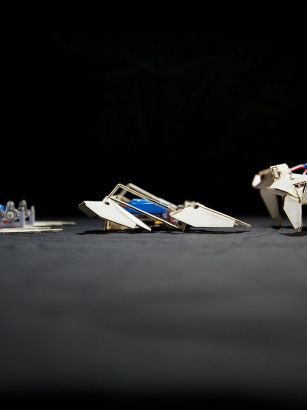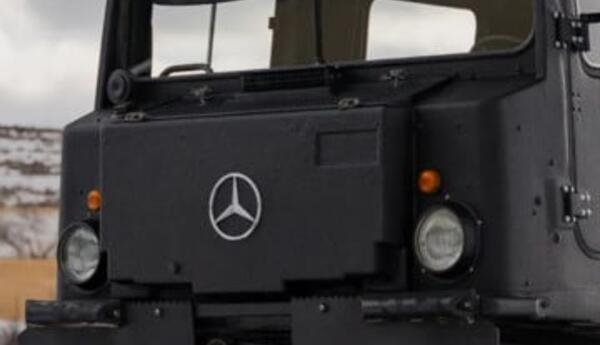It starts out laying flat, like a sheet of paper. Then it springs up, almost lifelike, and folds into moveable parts much like origami art. And then it crawls away.
This new kind of robot could someday be used in space exploration, to slide into collapse sites to aid search and rescue, or to speed up manufacturing on assembly lines, say its US developers.
While this particular machine's march to the world market is still years away, the latest advances open the way to a new frontier in personalised robotics, they report in the journal Science .
Not only is the material cheap -- it cost just US $100 -- it could be easily reprogrammed from one task to another, says Sam Felton, a researcher at Harvard University's Wyss Institute for Biologically Inspired Engineering and School of Engineering and Applied Sciences.
"In the same way that if you have a Word document and you want to change few words, you just reprint it at your home computer, you could take a robot's digital plan, change a few things and reprint it," says Felton.
The thin robot is built of layers, including paper, a middle layer of copper etched into a network of electrical leads, and an outer layer of shape-memory polymer sourced from a kids' toy that shrinks when heated.
Once the batteries and motor are activated, the robot folds itself and scuttles away like a crab. Felton says the total start-up costs for equipment used to make the robot were around US $11,000. The origami machine itself cost US $80 for batteries and motor, and US $20 for materials.
"If we were to build a new one it would cost another US $100," he says.
Other potential uses could include self-assembling furniture, or even shelters that build themselves in disaster zones.
Bütün xəbərlər Facebook səhifəmizdə





































 USD
USD
 EUR
EUR GBP
GBP RUB
RUB